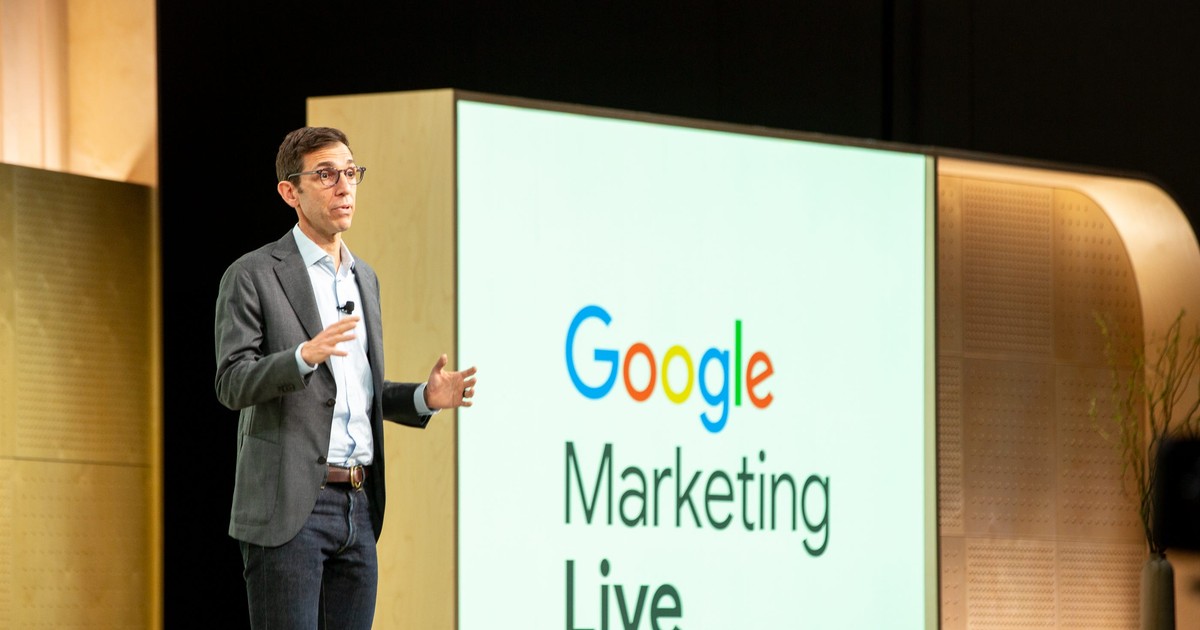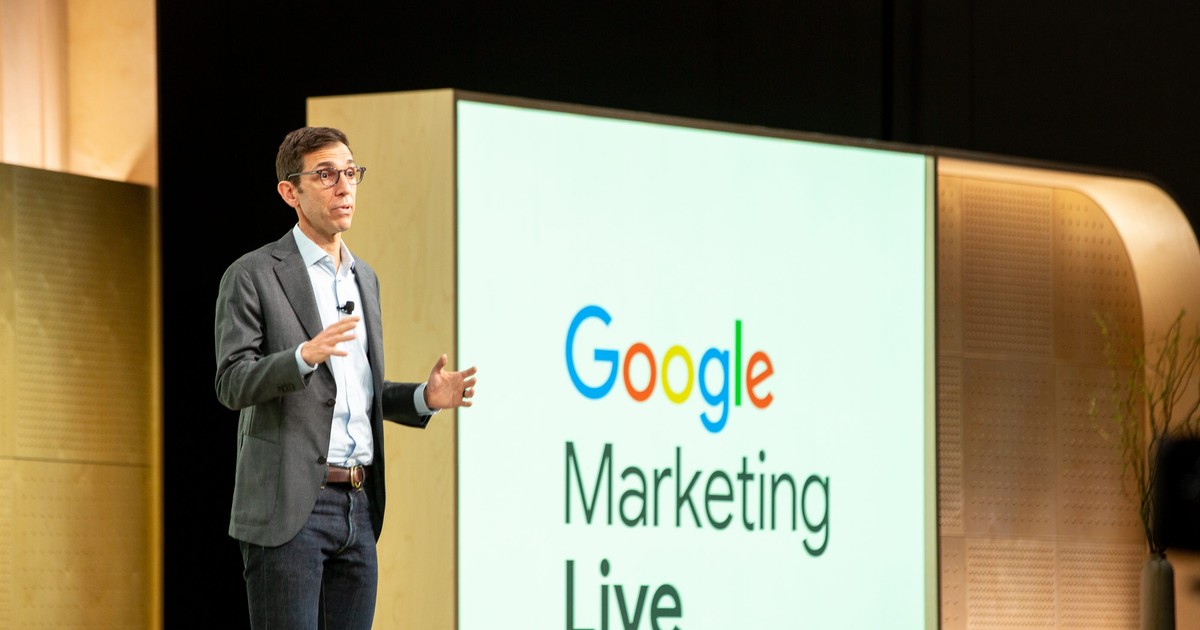## Meta’s Threads: From Project 92 to Twitter-Threat?
Remember Project 92? That mysterious, code-named initiative whispered about in hushed tones within Meta’s sprawling halls? Well, the curtain has been pulled back, revealing a blueprint for Threads, Meta’s ambitious foray into the world of microblogging. Leaked planning documents, uncovered by Business Insider, offer a tantalizing glimpse into Meta’s early strategy for Threads, a platform designed to directly challenge the reigning king of Twitter.

The Missing Piece: Direct Messaging

Threads’ initial marketing materials pitched it as the antithesis to Twitter, emphasizing public conversation and community building. Meta, drawing from its experience with Instagram, positioned Threads as a platform for more positive and engaging interactions. However, one glaring omission from this vision was direct messaging (DMs).
An internal Meta planning deck, revealed in a recent Federal Trade Commission antitrust trial, provides a glimpse into Threads’ early strategy and sheds light on this curious decision. The deck, showcasing product imagery of a native DM feature, suggests that direct messaging was indeed part of the original blueprint.
So why is this feature missing from Threads, nearly a year after its launch? Meta’s current strategy appears to be redirecting Threads users to Instagram DMs. While this might seem like a simple workaround, it raises several questions about Threads’ long-term viability and its ability to truly compete with established platforms like X (formerly Twitter).

Thread’s Evolution: Early Success and Future Challenges
Post-Launch Developments
Despite the absence of DMs, Threads has achieved remarkable initial success. With 10 million users signing up within its first seven hours, Meta CEO Mark Zuckerberg described the launch as “beyond our expectations.” Since then, Meta has implemented several features based on the original planning deck, including:
- Archiving Posts: Similar to other social media platforms, users can now archive their own posts, effectively removing them from public view.
- Fediverse Integration: Threads has embraced the decentralized social media movement by allowing users to connect with other fediverse platforms, expanding its reach and interoperability.
These additions demonstrate Meta’s commitment to iterating on Threads and incorporating user feedback. However, the lack of a dedicated DM system remains a significant hurdle.
The Absence of DMs
The strategic decision to exclude DMs from Threads is a curious one. Direct messaging is a fundamental feature on most social media platforms, facilitating private conversations and building stronger connections. By redirecting users to Instagram DMs, Meta risks fragmenting the user experience and hindering Threads’ ability to establish itself as a standalone platform.
Several factors might explain Meta’s decision. One possibility is a desire to differentiate Threads from Instagram, avoiding direct competition with its existing messaging platform. Another explanation could be a strategic move to encourage users to remain within the broader Meta ecosystem.
However, this approach carries potential risks. Users accustomed to seamless communication across platforms might find Threads’ reliance on external DMs inconvenient and limiting. This fragmentation could hinder Threads’ growth and potentially drive users back to more feature-rich alternatives like X.
Looking Ahead: Future Features, Potential Updates, and Long-Term Viability
Despite the challenges, Threads possesses several strengths that could propel its growth. Its integration with Instagram, the world’s largest photo-sharing platform, provides a massive user base and a ready-made marketing channel. Furthermore, its focus on public conversation aligns with the growing interest in online communities and shared experiences.
Meta’s future roadmap for Threads remains unclear. However, several potential updates could address the platform’s shortcomings and enhance its appeal:
- Native DMs: The addition of a dedicated DM system would significantly improve user experience and address the current fragmentation.
- Advanced Search Functionality: A robust search engine could empower users to discover relevant conversations and connect with like-minded individuals.
- Community Features: Enhancing community building by introducing features like private groups, forums, or collaborative projects could foster deeper engagement and loyalty.
The long-term viability of Threads hinges on Meta’s ability to deliver a compelling user experience that caters to the evolving needs of online communities. While the absence of DMs presents a significant obstacle, the platform’s potential remains undeniable. If Meta can capitalize on its strengths and address its weaknesses, Threads could carve out a unique niche in the ever-evolving social media landscape.
Gamestanza’s Take: Threads’ Place in the Social Media Landscape
As a platform dedicated to the intersection of gaming and technology, Gamestanza closely follows the evolution of social media and its impact on the gaming community.
A Worthy Competitor?
While Threads has garnered significant attention, its impact on the social media ecosystem remains to be seen. It faces stiff competition from established platforms like X, which boasts a dedicated user base and a history of fostering gaming communities. Threads’ strength lies in its potential to attract a younger, more visually-oriented audience, leveraging Instagram’s existing infrastructure and user base.
However, Threads needs to prove its ability to cater to the specific needs of gamers. Features like integration with gaming platforms, dedicated esports channels, and tools for streaming and content creation are crucial for attracting and retaining a dedicated gaming community.
Beyond the Platform
The broader implications of Threads extend beyond its immediate competition. Its success or failure could influence Meta’s overall strategy for social media, potentially shaping the future of online conversation and community building. Threads’ emphasis on public conversation and its integration with the fediverse could signal a shift towards more decentralized and user-centric social media experiences.
What This Means for Gamers
For gamers, Threads presents both opportunities and challenges. The platform’s potential to connect with like-minded individuals, share gaming experiences, and engage in real-time discussions is appealing. However, the absence of dedicated gaming features and the reliance on Instagram DMs might hinder its adoption within the gaming community.
Gamestanza will continue to monitor Threads’ development and its impact on the gaming world. As the platform evolves, we expect to see innovations that address the needs of gamers and solidify its position in the social media landscape.
Conclusion
The leaked Meta planning deck for Threads, codenamed Project 92, offers a fascinating glimpse into the tech giant’s ambitions for the nascent social platform. We’ve seen how Meta envisioned Threads as a direct competitor to Twitter, leveraging its existing user base and Instagram integration to quickly gain traction. The deck emphasizes the need for a lean approach, prioritizing user growth and engagement over complex features in the initial phases. This strategy, while seemingly straightforward, reveals Meta’s understanding of the importance of momentum in a fast-paced social media landscape.
But the implications go beyond just a Twitter alternative. The success of Threads, and its early strategy as revealed in the leaked deck, could significantly reshape the social media landscape. If Meta can successfully monetize Threads and build a loyal user base, it could challenge Twitter’s dominance and potentially usher in a new era of social interaction. The future holds exciting possibilities – will Threads become the next big thing, or will it fade into obscurity? Only time will tell, but one thing’s for sure: Meta’s bold move into the microblogging space has set the stage for a captivating battle for social supremacy.
Will you be joining the conversation on Threads, or will you remain on the sidelines as the platform evolves?